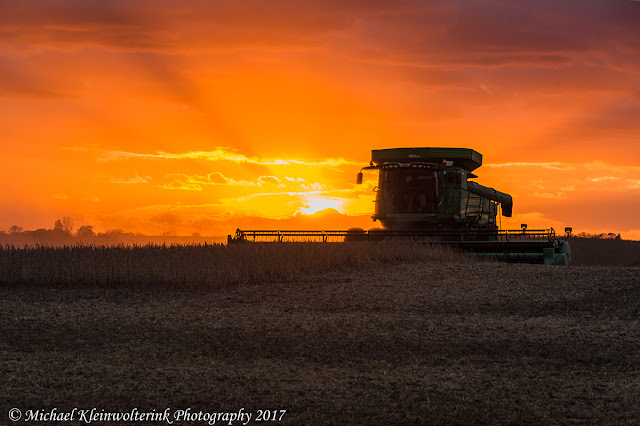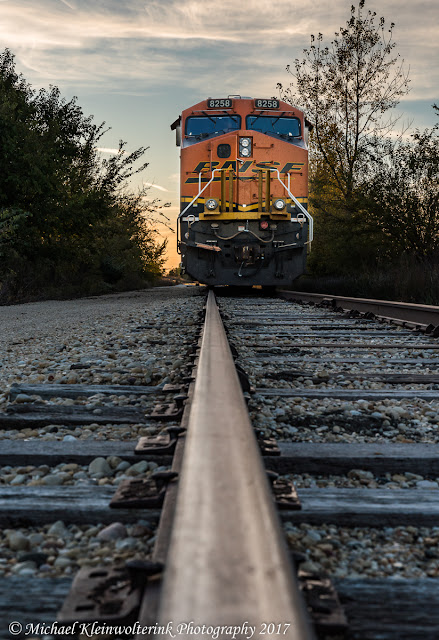Equipment Used: Nikon D750, Nikon 70-300mm f4-5.6 VR Lense, SB-700
Speedlight, Vanguard Abeo Plus 363CT Tripod, Lightroom & Photoshop CC
This fall, I was looking forward to the autumn tree color after a dry
summer that can produce brilliant leaf color and the south shore of the main
basin of Lake Panorama didn’t disappoint. One morning, I headed there with my
camera equipment and started shooting with the sun shining on the shore.
I used the 70-300mm lense on my D750 and put the set up on the VanGuard
tripod to help with sharpness along with I was going to shoot some pano images.
Shooting in RAW, ISO was at 100 with an aperture of f7.1. I used live view to
help focus and then turned off autofocus and VR on the lense. To help with the
dramatic range of colors of the scene, I used bracketing on the D750 too. A
three second self timer was used on the camera too. I shot from three or four
different locations around the marina to capture these images.
Using Lightroom Classic, I first used the landscape preset and either
left the white balance at shade or changed it to direct sunlight. I increased the
saturation slider on red, yellow and orange to help enhance the fall color.
Lens correction for the 70-300mm was applied to the images as well. I also used
the graduated filter tool to improve the look of the water or trees has the
final step in LR.
To create the panoramic images, I used LR to combine four or five
different images into one using its panoramic feature that worked well for
these images.
In Photoshop CC, unwanted objects were first cloned out using the clone
tool or content aware fill tool. Next came layer adjustments using the levels
and vibrance masks to put one final color adjustment on the water and trees.
The brush tool was used on these masks to determine which parts of the images I
wanted adjusted. I then straightened and cropped the image if needed. A
sharpening layer was then applied as the last step of the process.
Just days after capturing these images, the trees were past their prime
color and the wind started to blow the leaves off so I think I captured the
south shore at its peak this fall.
#1.
#2.
#3.
#4.
#5.
#6.
#7.
#8.
#9.
#10.





















































